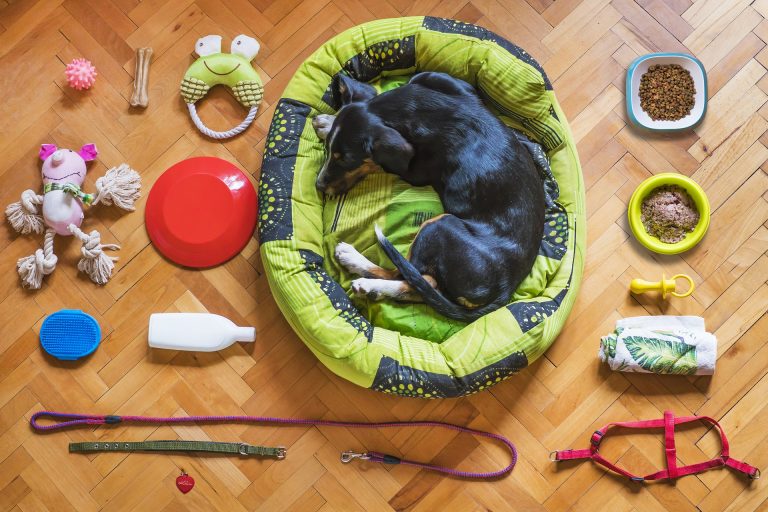The Perfect Guide to Choosing and Using Dog Leashes for a Safe and Enjoyable Walk
Taking your dog for a walk is an essential part of their daily routine. A dog leash not only provides control and safety but also strengthens the bond between you and your furry companion. However, with numerous options available, choosing the right dog leash can be overwhelming. In this comprehensive guide, we will explore the importance of dog leashes, discuss various types of leashes, and provide tips on selecting the perfect leash for your dog’s needs. Additionally, we will cover essential techniques for using a dog leash effectively to ensure safe and enjoyable walks. With the right knowledge and tools, you can make each walk a pleasant experience for both you and your dog.
Importance of Dog Leashes
Dog leashes play a crucial role in ensuring the safety of your dog and the surrounding environment. They provide control, prevent your dog from running into traffic or dangerous situations, and allow you to guide their behavior during walks. Leashes also help maintain a respectful distance from other dogs, people, and wildlife, ensuring a harmonious coexistence.
Choosing the Right Dog Leash
Standard Leashes: Standard dog leashes are the most common type and come in various materials, such as nylon, leather, or rope. They typically range from 4 to 6 feet in length, providing a comfortable distance for walking and training. Consider factors like your dog’s size, behavior, and your walking environment when selecting a standard leash.
Retractable Leashes: Retractable leashes offer flexibility and freedom for your dog to explore while still maintaining control. They consist of a thin cord or belt that retracts into a plastic handle. Retractable leashes are great for well-trained dogs in open areas but may not be suitable for reactive or untrained dogs due to the potential for entanglement or loss of control.
Hands-Free Leashes: Hands-free leashes are designed for active dog owners who enjoy running, hiking, or walking hands-free. They typically feature a waist belt or shoulder strap that allows you to keep your hands free while still maintaining control over your dog’s movements.
Using a Dog Leash Effectively
Proper Fit and Handling: Ensure that the leash is the appropriate length and thickness for your dog’s size and strength. Hold the leash with a relaxed grip and maintain a consistent tension, neither too loose nor too tight. Proper handling promotes comfort and control during walks.
Leash Training: Introduce your dog to the leash gradually, using positive reinforcement techniques. Start by allowing your dog to become comfortable wearing the leash indoors before venturing outside. Reward calm behavior and provide treats or praise as a positive association with the leash.
Loose-Leash Walking: Teach your dog to walk on a loose leash by rewarding them for walking alongside you without pulling. Use treats, verbal praise, or clicker training to reinforce desired behavior. Consistency and patience are key in achieving loose-leash walking.
Safety Considerations: Be aware of potential hazards during walks, such as busy roads, other dogs, or distractions. Maintain control over your dog by keeping a firm grip on the leash and anticipating potential risks. If needed, consider using additional safety dog accessories like reflective gear or a harness.
Conclusion
Choosing the right dog leash and using it effectively can significantly enhance the quality of your walks with your four-legged companion. By understanding the importance of dog leashes, considering different leash options, and implementing proper handling and training techniques, you can ensure safe and enjoyable walks for both you and your dog. Visit AllINeedForMyPet.com for a wide selection of high-quality dog leashes and accessories that will cater to your specific needs.






